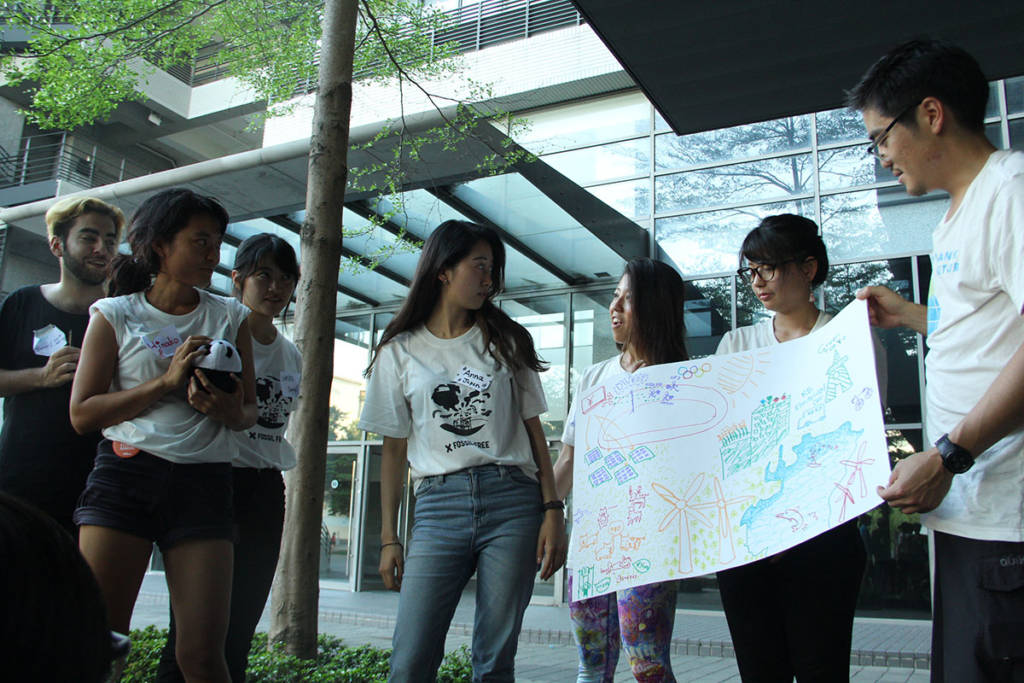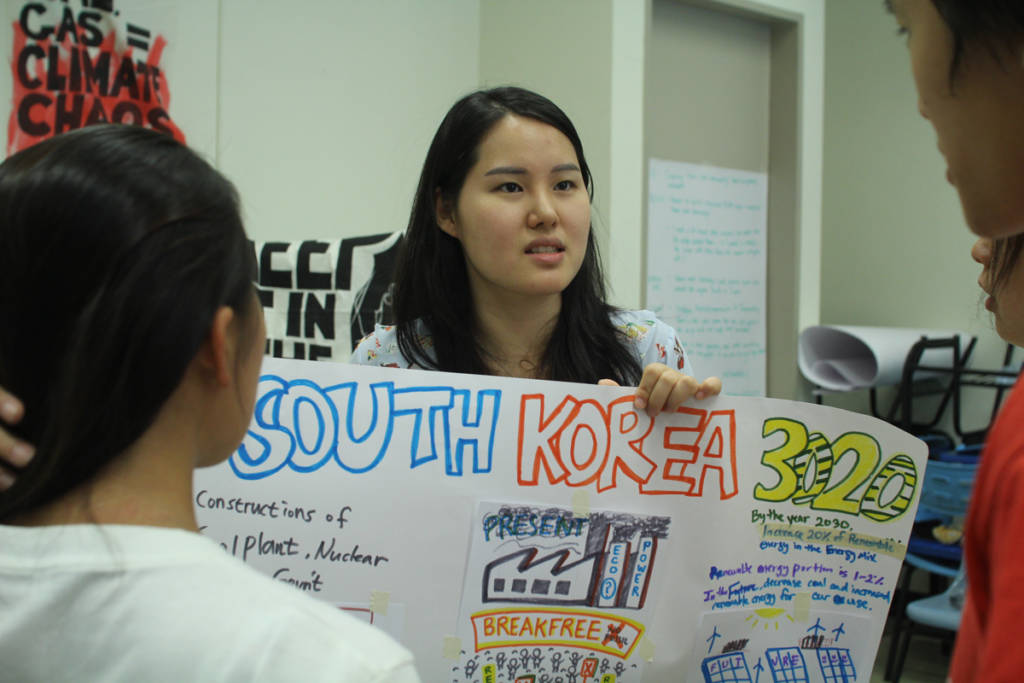By Tony Yen
Roles in Fossil Fuel Investment of the Nations
Since the beginning, pushing the campaign for a global divestment from fossil fuel has been the main call for 350. In the east Asia region, financial sector in Japan, Hong Kong, and China has the highest contribution to fossil fuel investment; their investment in coal power plants mainly focuses on Vietnam and Indonesia. Japan and Hong Kong has a high amount of investment due to their highly developed economy, while China’s investment is in line with AIIB, new silk road plan, and other national policies which aim to show influence in infrastructure construction upon east Asia region. Of course, as China gradually tightens its environmental standards on domestic coal power plants and constrains its overall construction capacity, the existing industry and investment will correspondingly go aboard and find other opportunities.
The imbalanced relationship due to different economical and national strength can also be meticulously observed in the camp. Because most of the regional investments in coal power plants are conducted by Japanese companies, 350 Japan became the first branch to be set up and enjoyed the most resources and achievements within the region. After the story-telling sector, the representatives from Japan also expressed something similar to the following: “Even we are all together here, there still exist differences among us; Japan’s banks invest foreign fossil fuel and the Japanese share some of the profits, while other nations suffer from the environmental damages. It makes us realize the importance and necessity of a regional divestment movement.”
The entangled-relationship among east Asian nations due to regional investments could also be shown during another game in the camp. In the interactive game “Village”, participants from each nation drew their ideal village at first. After the nations shared their village to the others, they were given ten minutes to modify their poster. The ten minutes, in fact, was designed for the villains of the game, the visitors, to visit each of the villages. The visitors would give advice and interfere the village’s development, and would also make trading deals with other villages without the consensus of the villagers beforehand, which sometimes even involved fraud. Although these behaviors could be easily connected to international investment activities, many groups still made decisions that sacrificed the interests of the others (for instance, the south Koreans were very happy when they got the Tower). After the game the Taiwanese were actually very upset, and discussed thoughts of many layers. They included: why didn’t anyone realize the severe situation of the issue and protest seriously when the visitors proposed building renewables at their will; why didn’t directly communicate with other villages and confirm the validity of the trade information given by the visitors. In real life, this questions reflects the decision to/ not to act as an organizer, and the necessity but also the difficulties of coordination.
(Additional footnote: A few days later in another camp, I played the very same game, this time however, as a group assistant. The struggle then was how much I should get involved; should I help the villagers to communicate with others? Should I help the villagers organize a protest? It somehow resembles the decisions an organizer is asked to make in a new community.)

One thing that was not mentioned but I still think would worth discussing in the camp was the relationship of east Asian nations and fossil fuel industry beyond the region. As an example, 70 percent of Australia’s coal export goes to Japan, South Korea, and Taiwan; it is very easy to see how drastic the change would be for other regions of the world by the Energiewende of East Asia.
Regional Goals Made during the Camp
During the camp, the regional goals of 350 East Asia were also decided. Participants were highly affected by their own organizing experience and their nation’s policies.
For example, participants from China and Hong Kong proposed to have AIIB cancel infrastructure investments on coal power plants by 2020, and the South Koreans proposed to have Seoul achieve 100% renewable electricity. It was therefore a key point to integrate all the proposals into meaningful regional goals instead of isolating them within each nation during the discussion. In the end, the proposals were combined into several main topics; among them, were a gradual coal phase-out and a regional climate action.

A member of South Korea environmental group GEYK sharing the future goals of Korea’s Energiewende Photo credit: Silver
Of all the regional goals, preventing additional coal power capacity may be the most difficult. It is because all of the nations currently have plans to build new coal power plants. Nevertheless there are also good news recently. China and Vietnam have been cancelling substantial plans of building new coal power plants, Japan has been successfully increasing its electricity share of renewables ever since Fukushima, while Taiwan and South Korea will continue to mothball older power plants and introduce new dispatch mindset to reduce the proportion of coal use in electricity. For environmental groups, the timeline of coal phase-out could be accelerated with proper timing and measures. For instance, the advice of having AIIB cancel its investments in coal power plants mentioned previously might only have a chance after the climate networks of both southeast Asia and China coordinate. To achieve this, other regional goals mentioned in the camp must also be achieved.
